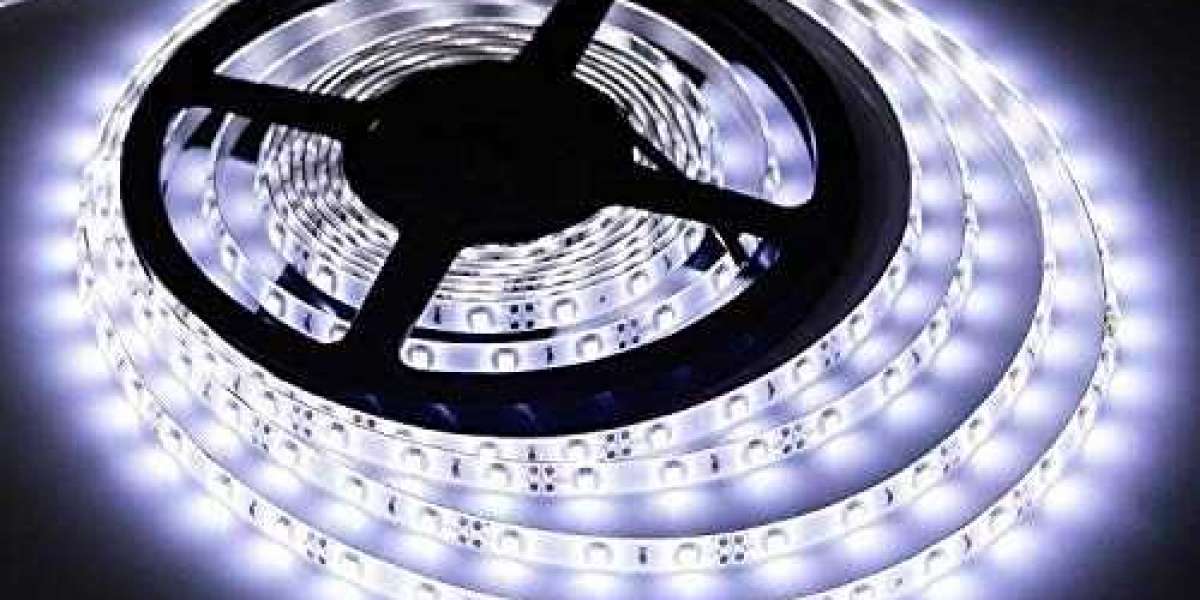You’ve probably heard about the benefits of LED lights: They are brighter, save on energy costs, and have an impressive lifespan. But how long do LED lights actually last? Let’s delve into the details to get a better understanding of their lifespan and how to maximize their longevity.
How Long Do LED Light Bulbs Last?
Manufacturer claims can sometimes be misleading, so let’s determine the actual lifespan of LED lights. While some packaging suggests a lifespan of 10 to 15 years, this estimate is not entirely accurate. The true lifespan of an LED light bulb depends on its usage.
Read more: Edgar M Downs - CEO Founder at BLLS-Lighting
In a busy household, LED lights typically last anywhere from four to seven years. This accounts for regular usage and the occasional forgetfulness to turn them off. Although it’s possible for LED bulbs to last 10 years or more, this usually applies to bulbs used less frequently and with consistent efforts to switch them off.

How to Determine LED Lifespan
To determine the lifespan of LED lights based on your usage, you need to consider the total hours specified by the manufacturer. For example, if the manufacturer indicates a lifespan of 15,000 hours and you use the bulb for six hours a day, the total lifespan would be just under seven years. By calculating the usage patterns, you can estimate how long LED lights will truly last in your household.
Below are a few more examples based on different usage scenarios:
- 4 hours per day: 10 years
- 8 hours per day: 5 years
- 12 hours per day: 3.5 years
While this calculation method is not precise, it can help you understand the cost savings associated with LED bulbs.
What Factors Affect LED Light Lifespans?
The estimated lifespan of LED lights provided by manufacturers is based on average room temperature, daily usage, and current levels. Deviations from these factors can impact the actual lifespan of an LED bulb. The following are the main factors that influence LED light lifespans:
Usage
The number of hours an LED light stays on determines its lifespan. Unlike incandescent bulbs, the frequency of turning an LED bulb on and off does not affect its lifespan.
Read more in here
Heat Exposure
In addition to regular usage, heat conditions in the environment surrounding an LED bulb can impact its lifespan. When exposed to heat, the internal components, especially the heat semiconducting element, can heat up and accelerate the degradation rate of the light-emitting diodes.
Currents
Similar to heat exposure, higher currents can increase the temperature of an LED’s heat semiconducting element and shorten its lifespan. Sudden voltage surges of more than 10% can damage the electronic parts inside the LED bulb, reducing its longevity.

Do LED Lights Burn Out?
Unlike halogen lights, LED bulbs do not immediately burn out once they reach the end of their lifespan. Instead, they gradually become dimmer over time. LED lights are designed to have a high output decay point, meaning they will dim gradually instead of abruptly burning out. This feature is beneficial for those who often forget to replace bulbs before they stop working.
Do LED Lights Save Money?
LED lights do save money in the long run. Although they have a higher price tag compared to incandescent bulbs, the average household can save around $225 per year on energy costs by switching to LED light bulbs. Furthermore, while incandescent bulbs last approximately 1,000 hours, LED bulbs can last anywhere from 15,000 to 100,000 hours. So, the initial investment in LED bulbs is worth it considering the extended use and additional energy savings.
Follow us to discover led lights
How to Extend the Lifespan of Your LED Bulbs
To maximize the lifespan of LED bulbs, it’s important to turn off the lights when they are not in use. Even a single forgotten bulb left on overnight can accumulate unnecessary hours of lighting. If remembering to switch off lights is a challenge, consider using timers or investing in a smart home system that automates the process for you. A smart home system allows you to set schedules for lights, thermostats, locks, and more, making it easier to save energy and extend the lifespan of your LED bulbs.
Frequently Asked Questions
Q: How long do LED lights last in a typical household?
A: LED lights in a bustling household usually last between four to seven years, taking into account regular usage.
Q: Do LED lights burn out suddenly?
A: No, LED lights gradually dim over time instead of abruptly burning out, providing a longer window for replacement.
Q: Are LED lights cost-effective?
A: Yes, LED lights save money in the long run. They have a higher upfront cost but result in significant energy savings and extended use.
Q: Can LED light lifespans be extended?
A: Yes, turning off lights when not in use and utilizing smart home systems or timers can help extend the lifespan of LED bulbs.
Consider consulting a local interior lighting designer or smart home automation specialist to optimize your home’s lighting setup and reduce energy consumption.




